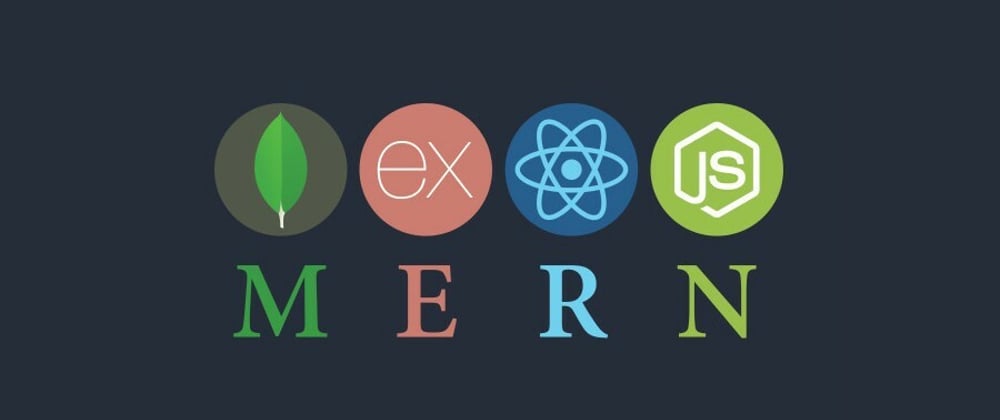
Are you intrigued by the world of web application development but don’t know where to start? Fear not! Embarking on your journey to becoming a full-stack developer with the MERN stack (MongoDB, Express.js, React.js, Node.js) can be an exciting adventure. In this guide, we’ll walk you through the essential steps to kickstart your journey to full-stack greatness.
Understanding Web Application Development
Before diving into the MERN stack, let’s grasp the fundamentals of web application development. A web application is a software program that runs on a web server, accessible via a web browser. It typically consists of a front end (what users see and interact with) and a back end (server-side logic and database).
Step 1: Embrace the MERN Stack
The MERN Stack Development is a popular choice for building dynamic web applications due to its flexibility and efficiency. Here’s a brief overview of each component:
- MongoDB: A NoSQL database that stores data in flexible, JSON-like documents.
- Express.js: A web application framework for Node.js, simplifying the process of building web applications and APIs.
- React.js: A JavaScript library for building user interfaces, providing a component-based approach for creating interactive UIs.
- Node.js: A runtime environment that allows you to run JavaScript code on the server side, enabling building scalable and high-performance web applications.
Step 2: Setting Up Your Development Environment
To start coding with the MERN stack, you’ll need to set up your development environment. Here’s what you’ll need:
- Install Node.js and npm (Node Package Manager) on your machine.
- Choose a text editor or Integrated Development Environment (IDE) like Visual Studio Code or Sublime Text.
- Set up MongoDB on your local machine or use a cloud-based MongoDB service like MongoDB Atlas.
Step 3: Learning the Basics
Now that your environment is set up, it’s time to dive into learning the basics of each component:
- MongoDB: Understand the fundamentals of NoSQL databases, such as creating databases, collections, and documents.
- Express.js: Learn how to set up routes, handle requests, and interact with the database using middleware.
- React.js: Familiarize yourself with React’s component-based architecture, JSX syntax, and state management.
- Node.js: Explore how to build a server, handle HTTP requests, and integrate with Express.js and MongoDB.
Step 4: Building Your First MERN Application
Put your newfound knowledge into practice by building a simple MERN application. Start with a basic CRUD (Create, Read, Update, Delete) application, such as a todo list or a blog:
- Set up your project structure, including client and server directories.
- Create a MongoDB database and connect it to your Express.js server.
- Build React components for your application’s UI, such as forms for creating and editing data.
- Implement API endpoints in Express.js to handle CRUD operations.
- Connect your React front end to your Express.js back end to fetch and display data.
Step 5: Enhancing Your Skills
As you become more comfortable with the MERN stack, challenge yourself to expand your skills:
- Explore advanced topics such as authentication, authorization, and security.
- Experiment with additional libraries and tools to enhance your development workflow, such as Redux for state management or Mongoose for MongoDB object modeling.
- Contribute to open-source projects or build your own side projects to gain practical experience and showcase your skills to potential employers.
Conclusion
Embarking on your journey to becoming a full-stack developer with the MERN stack can be a rewarding experience. By understanding the fundamentals, setting up your development environment, learning the basics, building projects, and continuously enhancing your skills, you’ll be well on your way to full-stack greatness in web application development. Happy coding!